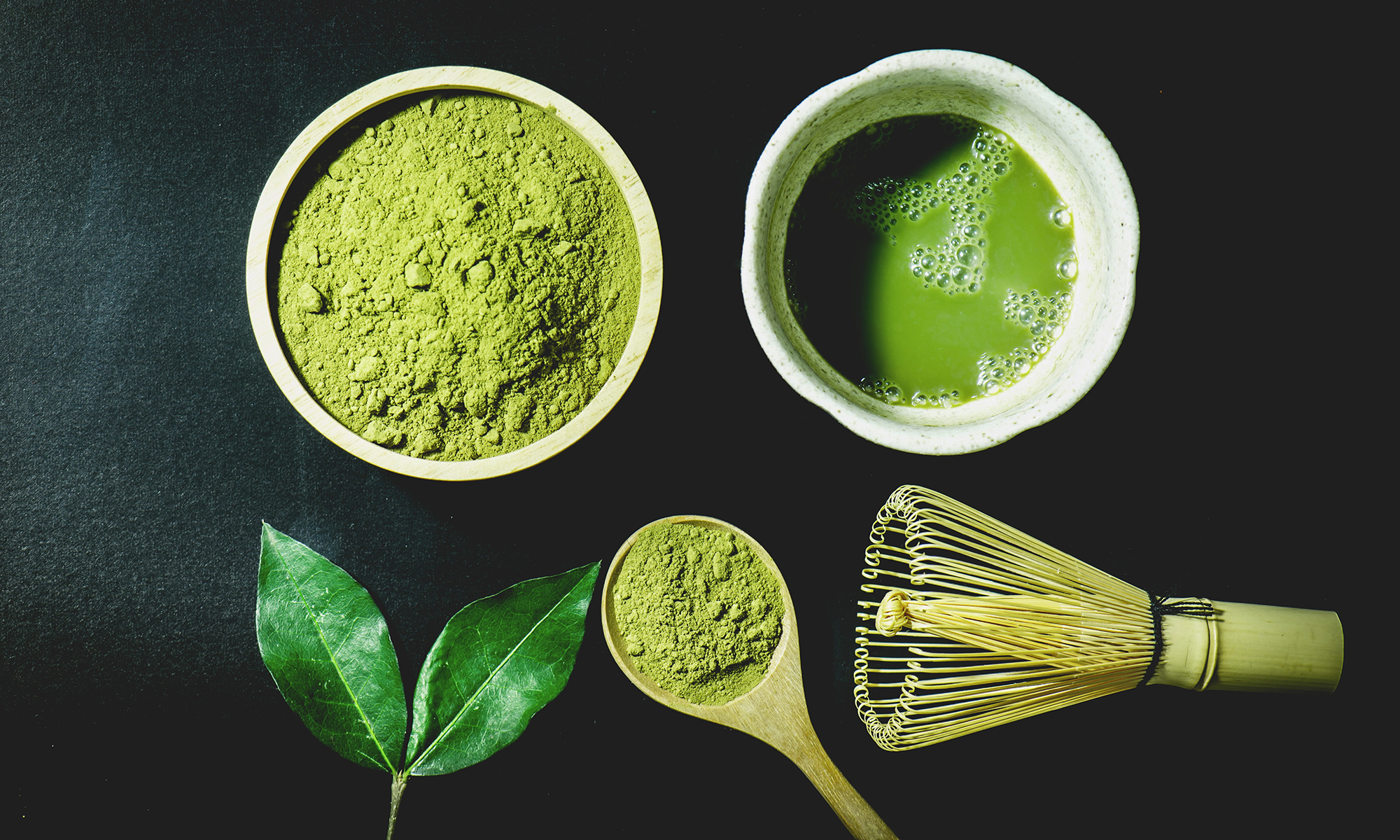Tea is the most-consumed beverage in the world after water, and it’s no mystery why. Although all tea is made from the Camellia sinesis plant, people around the world have cultivated and processed the leaves so many ways there are thousands of tea customs!
Due to its popularity and growing regions, many families are able to earn their livelihood producing and processing tea, giving it the power to fight hunger and poverty. In order to expand awareness and demand, the UN General Assembly designated May 21 as International Tea Day.
Let’s tour the world to see how some countries take their tea.
Japan: Matcha Green Tea
The Japanese tea ceremony, also known as the Way of Tea, features careful attention to the preparation and presentation of matcha, powdered Japanese green tea. It has been consumed since the 12th century as a meditative practice.
Most matcha is prepared by frothing the powdered tea in a bowl with a bamboo whisk before pouring into individual cups. It is often served with traditional Japanese sweets to offset its bitter taste.
You can begin your own study of the Way of Tea with our ceremonial grade Matcha Green Tea. For people who want to enjoy the taste and health benefits of matcha in their lattes or smoothies, we recommend culinary grade Matcha Green Tea.
India: Masala Chai Tea
“Chai” actually means “tea” in several languages, but most Westerners use it to refer to Masala chai tea, which is the national drink of India.
Masala chai is a mix of black tea and aromatic Indian spices and herbs. It is traditionally prepared by mashing green cardamom pods, cinnamon sticks, ground cloves, ground ginger, and black peppercorn together with black tea leaves and boiling them to extract flavor.
People often mix Masala chai tea with milk for a latte, which we highly recommend. We love chai so much we’ve created several chai tea blends, including organic and herbal versions.
Morocco: Touareg (Mint Tea)
The heart of culture in the North African country of Morocco is Touareg tea, also known as Maghrebi mint tea. It’s a mix of mint, green tea leaves, and ample sugar – about five teaspoons for every teaspoon of tea leaves.
This tea is the truest expression of hospitality, and is served to guests three times with each subsequent glass representing life, love, and death.
The first glass is as gentle as life,
Tea in Morocco: ‘It’s in the blood’
the second is as strong as love,
the third is as bitter as death.
You can enjoy your own Touareg tea at home with our Organic Moroccan Mint Green Tea. Sweeten with honey or sugar for an authentic experience. It’s also great iced!
Taiwan: Bubble Tea
Invented during a teahouse staff meeting in 1988, bubble tea is one of the youngest ways to drink tea, but it’s gaining popularity quickly around the world. Bubble tea is also known as pearl tea, bubble milk tea, or boba tea, named for the small, cooked balls of tapioca in the bottom of each cup.
Bubble tea is typically made from chilled green, black, or oolong tea shaken with ice and fruit syrup and poured over tapioca pearls.
If you can’t make it to a store, order one of our DIY Bubble Tea kits, complete with cups, lids, and oversized straws to suck up chewy, tasty boba.
Tibet: Po Cha (Yak Butter Tea)
Nomads living in the Himalayan regions often start their days with Po Cha tea, whose high caloric content provides plenty of energy for high altitude regions. Yak butter is expensive and hard to get during the winter, so most people serve it during summer and on special occasions. People now often substitute dairy cow milk.
They typically start by boiling a brick of Pemagul fermented black tea for hours, usually a half day, until the brew is dark brown. It is then skimmed and poured into a cylinder of yak butter and salt. It is then shaken until it has the consistency of stew or thick oil. A host makes sure their guest’s cup is never empty; it is refilled after every sip.
Tea was traditionally compressed into bricks to make it easier to transport, but our Chinese black tea brick also makes a great drinkable display piece.
How do you enjoy your tea? Let us know in the comments below!

